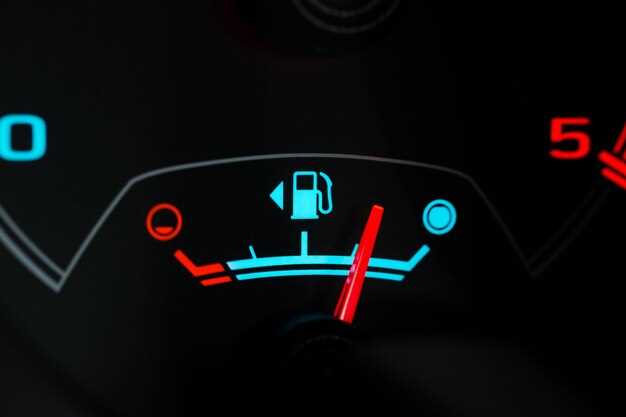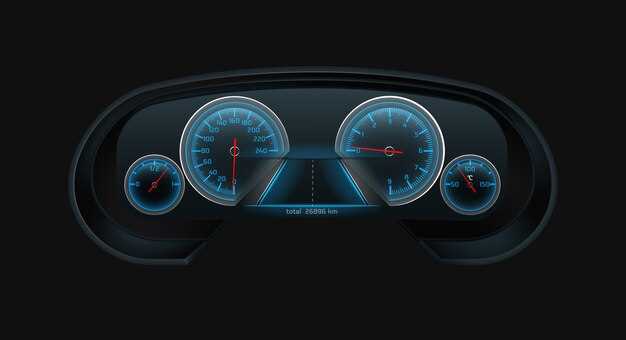
Effective throttle control is a crucial aspect of achieving optimal lap times in motorsports. Understanding how to manage engine power delivery continuously enhances traction and stability, thereby maximizing performance on the track. As drivers strive for precision, mastering various techniques becomes imperative to navigate corners effectively and accelerate out of them with confidence.
At its core, throttle control involves the delicate balance between acceleration and grip. When done correctly, it allows drivers to maintain momentum while minimizing the risk of wheel spin or loss of traction. This article explores essential control strategies, including progressive throttle application, managing weight transfer, and the importance of situational awareness, all of which contribute significantly to faster lap times.
By employing these techniques, drivers can not only enhance their individual performance but also better understand their vehicle dynamics. Each lap presents a unique set of challenges, making it vital to adapt throttle inputs to varying conditions. Continuous improvement in throttle control not only hones driving skills but also elevates competitive edge, ultimately leading to better results on the racetrack.
Understanding Throttle Modulation for Cornering Speed

Throttle modulation is a critical technique that enables drivers to optimize their cornering speed and overall lap times. It involves adjusting the throttle input during a turn to maintain traction while maximizing acceleration.
When approaching a corner, the timing and amount of throttle applied can significantly influence the vehicle’s handling characteristics. Proper throttle control allows the driver to balance the car’s weight distribution, preventing understeer or oversteer. This fine-tuning of throttle input helps maintain optimal tire grip, ensuring that the vehicle remains stable and responsive.
During the initial turn-in phase, easing off the throttle can help rotate the car more effectively. By reducing power, the front tires can gain traction, allowing for sharper steering. As the driver approaches the apex, a gradual increase in throttle can be employed to maximize acceleration out of the corner while maintaining stability.
Another essential aspect is understanding the vehicle’s dynamics. Different cars respond uniquely to throttle inputs due to their weight distribution, power delivery, and suspension settings. Drivers must adapt their throttle modulation techniques based on these factors and the specific characteristics of the corner being navigated.
In summary, effective throttle modulation is essential for achieving higher cornering speeds. It requires a delicate balance between acceleration and traction management, making it a vital component of advanced driving techniques for improved lap times.
Maximizing Acceleration with Throttle Management
Effective throttle management is crucial for maximizing acceleration in motorsport. By optimizing how and when the throttle is engaged, drivers can enhance their performance and improve lap times. This section explores key techniques and strategies to achieve better acceleration through effective throttle control.
Understanding the relationship between throttle input and vehicle dynamics is essential. Proper throttle application ensures smooth transitions and prevents wheelspin, which can hinder acceleration. Here are several techniques to consider:
- Progressive Throttle Application: Gradually applying the throttle instead of slamming it open allows for better grip. Start with a light application and progressively increase throttle as traction improves.
- UsingThrottle Modulation: Fine-tuning throttle input during corner exits maximizes acceleration. This technique helps maintain optimal traction by preventing sudden loss of grip.
- Throttle Mapping: Adjusting the throttle response curve through tuning can provide better control. Customizable mapping allows drivers to tailor throttle sensitivity to specific tracks or conditions.
- Weight Transfer Management: Throttle management influences weight distribution. By carefully applying the throttle, drivers can transfer weight to the rear tires, enhancing grip and stability during acceleration.
- Data Analysis: Utilizing data logging tools to analyze throttle inputs can help identify areas for improvement. Reviewing throttle application patterns during laps can reveal inconsistencies and opportunities for better performance.
Additionally, it’s important to consider environmental factors that can affect throttle performance:
- Surface Conditions: Wet or slippery surfaces require more delicate throttle management to avoid loss of traction.
- Tire Condition: Ensuring tires are in optimal condition is vital, as worn tires can lead to decreased grip and necessitate more conservative throttle application.
- Vehicle Setup: Suspension settings and ride height can impact how a car responds to throttle input. Proper tuning can enhance responsiveness and overall performance.
In conclusion, maximizing acceleration through effective throttle management involves a combination of techniques, data analysis, and consideration of environmental factors. By mastering throttle control, drivers can achieve faster lap times and improved race performance.
Integrating Throttle Control into Racing Simulations

Integrating throttle control into racing simulations is crucial for creating a realistic and immersive driving experience. Accurate throttle management allows drivers to optimize their speed, improve vehicle stability, and enhance lap times. To achieve this, developers must focus on several key elements.
First, implementing advanced physics engines enables more precise simulation of throttle response. This includes factors like torque curves and engine speed, which can significantly affect how a vehicle accelerates out of corners. Utilizing data from real-world vehicles can help developers fine-tune these simulations, providing players with authentic feedback on throttle inputs.
Second, incorporating variable input methods is essential for realistic throttle control. Using hardware like steering wheels, pedals, and shifters allows players to experience a more nuanced throttle response. Choosing the right hardware can dramatically affect performance, as a high-quality pedal set offers better sensitivity and control compared to standard game controllers.
Moreover, adaptive throttle mapping can be introduced to cater to different driving styles and vehicle types. By allowing drivers to customize their throttle response curves, simulations can better mimic the complexities of various racing conditions, such as rain or track surface changes. This personalization helps players learn to manage their throttle application more effectively, leading to improved racecraft.
Lastly, incorporating telemetry tools within the simulation can provide players with invaluable feedback on their throttle usage. By analyzing data such as throttle position, wheel slip, and acceleration, drivers can identify areas for improvement and fine-tune their approach to throttle control. This analytical aspect can significantly boost drivers’ skills, making them more competitive on the virtual track.
